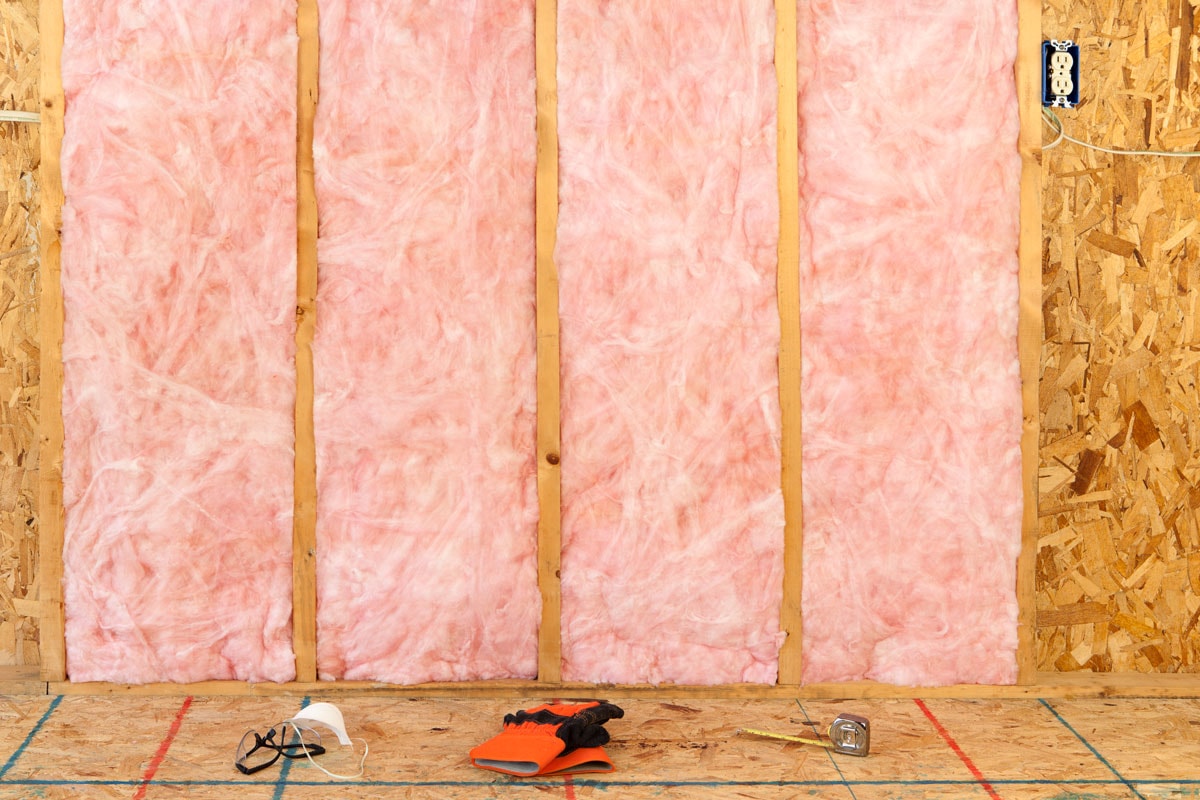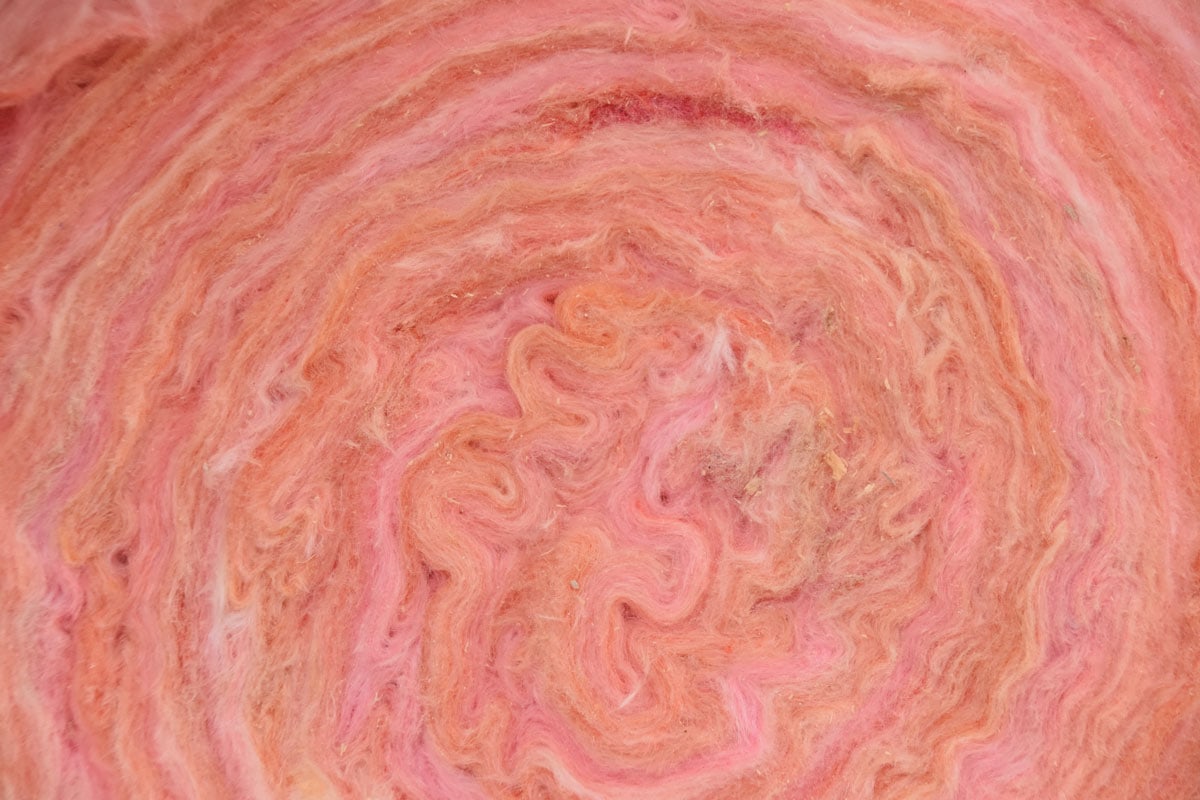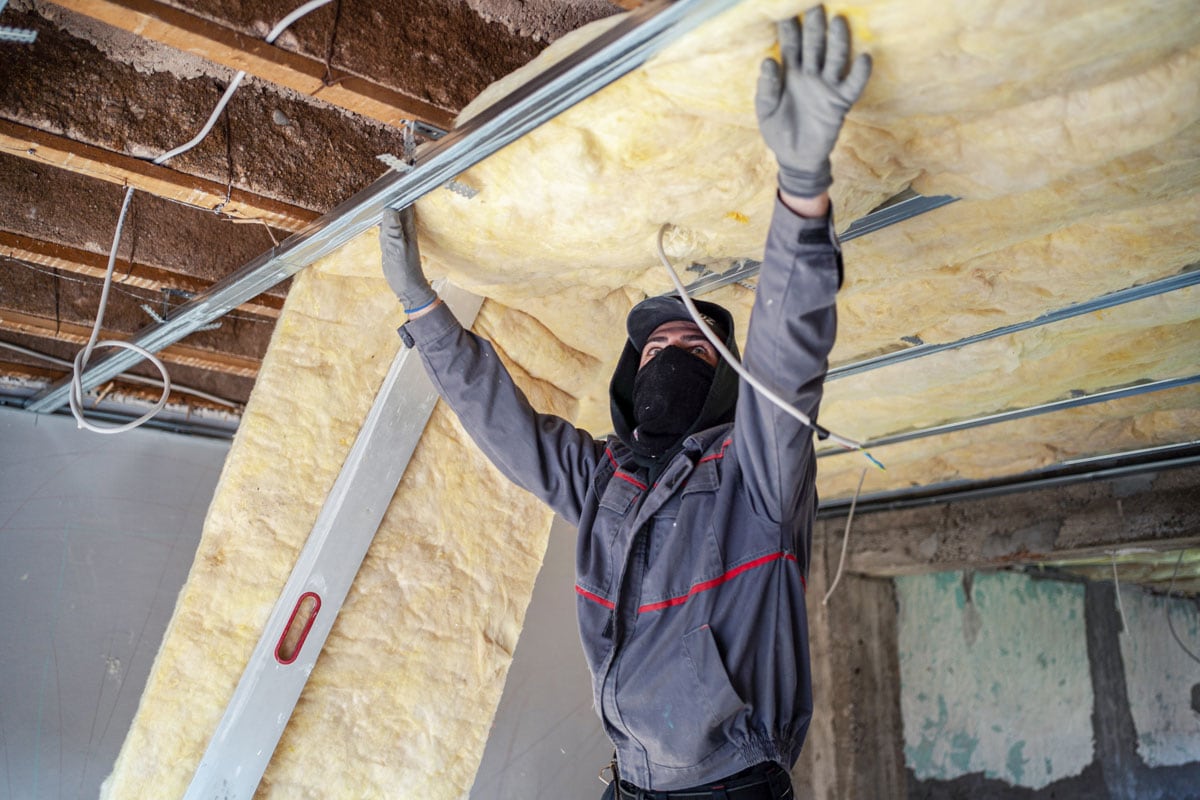Insulating will help shape how energy efficient your house is. But including the bathroom ceiling for insulation, is that as needed? Well, wonder no more! We've done in-depth research on this topic and have found the answer to assist you!
You should insulate your bathroom ceilings equally, and your other house's living spaces. Doing so will help boost your house's ability to maintain thermal comfort.
In addition, the air is constantly flowing around your house's entire ceiling. This could be a source of leakage if you left your bathroom ceiling unsealed.
Furthermore, kindly check and adhere to your local building code guidelines before starting your project.
Keep reading so you'll know whether to insulate a bathroom ceiling. We will also cover how you insulate your bathroom ceiling properly. With that said, let's dive right in!

How Do You Install Insulation In A Bathroom Ceiling?
Many people opt to insulate their bathroom ceilings on their own. Knowing that insulating your bathroom ceiling properly can benefit the long haul of your power bills.

However, you can only enjoy and achieve its benefit by installing the insulation materials properly.
To insulate your bathroom ceiling properly, you'll have to:
- Check your local building codes and take an initial assessment.
- Prepare your ceiling by removing the old insulation.
- Pick and prepare your insulation-type material.
- Using the spray foam, securely fill all gaps and holes in your ceiling.
- With caulk filler, carefully fill all electrical wire and the heating flue joist.
- Install your insulation material and tuck it between your rafters.
For a visual of the above steps, watch this video tutorial below on YouTube:
Do You Need To Insulate The Ceiling?
If you haven't insulated your ceilings, you're probably paying 40 percent more for heating and cooling costs. Hot air rises to the ceiling while cooler air falls.
When you switch on the heat in the winter, the hot air rises and settles towards the ceiling. It will then heat the room or migrate to the roof and outside your home.
Ceiling Insulation Benefits
Improved Comfort
Insulation reduces heat flow, keeping your rooms cool in the summer and cozy in the winter. After you insulate the ceiling, you'll notice the significant impact on your home's comfort during the summer.
Limit Molds Build-Ups
Insulation helps prevent mold by limiting moisture from forming on the walls and ceilings, resulting in moisture problems.
Insulated ceiling assemblies include a vapor barrier to keep moisture from collecting on your walls and ceiling.
Power Efficient
Energy charges cost the average household around $2,200 per year. Your home's space heating and air cooling consumed up to 51% of this energy in 2015.
Greater Indoor Quality

The outside air contaminant will not go to enter your home if you have a well-insulated ceiling. Air leaks caused by insufficient house insulation might allow contaminants to enter.
Noise Reduction
Another advantage of sealing your home is reducing noise levels outside your house, such as cars, naughty noisy pets, and feuding neighbors.
Sustainability
You can help the environment by insulating your ceiling. Furthermore, You are not only conserving energy, but you are also reducing pollution at the same time.

What Type Of Insulation Is Best For Bathrooms?
It's advisable to utilize fiberglass or spray foam insulation in bathrooms because they're regularly exposed to high humidity and moisture levels. You can improve a bathroom's climate with insulation.
Use this insulation for your bathroom walls to resist mold build-up, repel moisture, and help maintain a more pleasant temperature. Depending on the layout and specifics of your bathroom, Spray foam or fiberglass are the finest options.
What Kind Of Insulation Do I Use For Ceiling?
You can use a blanket (batt and rolls) for your ceiling insulation, and the standard materials you can work with are fiberglass, plastic fiber, natural fiber, and mineral rock or slag wool.
But, you'll need a different R-Value based on where you reside and what area of your house you're enclosing (walls, crawlspace, attic, etc.).
In addition, the standard R-value for the external walls is R-13 and R-23, whereas, for the ceilings and attics, areas are R-30, R38, and R-49.
What Is The Difference Between Batt And Roll Insulation?

Similar to batt insulation, rolled insulation is a sort of insulating blanket. Batts are put in pieces, whereas rolls are laid out between wall and ceiling frames.
What's more, they both deliver the same goal and are highly effective. Experts say that batts are easier to work with if you're doing your installation. Rolls help fill in gaps in uneven buildings.
Whichever model you choose, it will still provide adequate insulation.
Is Insulation Foam Good For Ceiling?
Yes, foam is suitable for insulating your ceiling; it also adds a sturdy effect to your house's overall stability. Furthermore, it is essential to keep a home comfortable and economical to heat and cool.
Rising energy prices and increasingly extreme weather make it more crucial to insulate your home. Ceiling insulation is a vital piece of any home's heating.
Is Fiberglass Insulation Toxic?
Many tests on the health impacts of fiberglass have been conducted by government organizations and commercial laboratories, with the one widely accepted fact that fiberglass is harmful, which is apparent when handling the pink insulation commonly seen in homes.
What Happens If You Inhale Fiberglass?
It most likely irritates your nose, eyes, throat, and skin. You can wash and remove the fiber in the exposed body parts using a mild soap when exposed to these.
How Long Does Fiberglass Stay In The Body?
Inhaling fiberglass fibers can irritate the respiratory system, but most people recover. This fiber can reach through the lungs, but luckily in 10 days, the body will destroy and clear this fiber from the body.
How Much Does It Cost To Insulate A Ceiling?
It's usually a good idea to give your home as much insulation as possible. Insulation increases the effectiveness of heating and cooling while cutting energy expenses.
Depending on the blown-in insulation material used, insulating your ceilings will cost anywhere from $875 to $7,350 for a 1,200-square-foot space.
The cost of installing roll/batt insulation ranges from $1,050 to $2,475, depending on the size of the ceiling and the insulation's R-value. Insulating your attic is often the most cost-effective home renovation.
Should I Insulate Ceiling Between Floors?

Insulation across the home, especially between floors, is the best approach to minimize undesired heat loss and gain. Mid-floor insulation can help create climate zones by reducing heat loss and gain between various levels of your home.
Your indoor heating and cooling appliances will perform more efficiently and use less electricity to keep your living space at a suitable temperature.
Furthermore, we recommend using R4.0 or higher noise control between floors or ceiling insulation batts.
Should Bathroom Interior Walls Be Insulated?
A well-insulated bathroom saves money and decreases energy usage. So, you must insulate interior walls and hot water pipes to reduce heat loss.
Bathroom insulation is notorious for being a complex project. Moisture control is the most significant issue with bathroom insulation.
If not correctly ventilated, this moisture becomes trapped in the bathroom walls, creating mildew growth and putting your health at risk.
How Do You Insulate A Ceiling Without Removing The Drywall?
Insulating walls without altering drywall can be done with injection foam insulation. TITE FOAM is one of the various injection foam products available. The drywall in your home does not need to be removed for these materials.
The nicest part about injection foam insulation in this situation is that it can be installed outside and is usually quick and simple. Depending on the type of siding in your house, the installation method may differ.
Follow this link to view it on Amazon.
To Finish

Insulating your bathroom ceiling is essential for keeping your house's ideal pleasant temperature. In addition, you've also learned how to install the right material and the benefits of providing proper insulation to your bathroom ceiling.
Now that you know all of these helpful insights. We are confident that you will achieve the bathroom ceiling insulation procedure easily. Hence your house will perform and maintain the utmost power efficiency.
Made it to the end? Check out these related helpful topics below!

